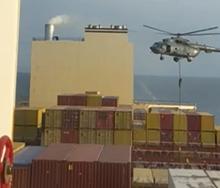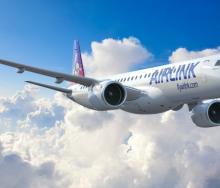As shipping lines battle a range of rising costs – from the impact of congestion-related delays to fuel hikes – maritime research consultants Drewry have warned that a steady increase in wages for seafarers will feed into ship operating costs as a result of increasing demand for seafarers.
They predict that supply, on the other hand, is expected to be weaker in the future.
It’s a warning that was sounded six months ago by Danica Crewing Specialist’s CEO Henrik Jensen Crew, who said that crew shortages were driving up seafarer wages, and he urged ship operators to be quick to offer jobs to seafarers who applied or risk losing out to a higher bidder.
Drewry's latest Ship Operating Costs report points out that most costs have been increasing and are expected to rise - with manning being responsible for more than half of overall daily operating costs.
“While lubes, stores and other equipment needed for a vessel can normally be procured even if prices are high, finding the right crew is becoming increasingly challenging. And this is not only because of higher wages in an undersupplied market, but the lag time required to train officers, especially for senior ranks,” reads the report.
“While fixing an undersupply of ratings is less challenging due to shorter training times, we expect difficulties for vessel operators trying to find senior officers for their ships.”
The fall-out from the Ukrainian situation has seen Russian seafarers subject to visa restrictions and travel limitations, adding a further dimension, says Jensen.
“Together, all this is reducing the global availability of crews and causing a recruitment and manning crisis without precedence.”
It’s congruent with Drewry's report, that the theoretical officer shortfall is expected to reach record levels by 2027, with a gap of more than 55 000 positions representing more than 7% of total demand.
“While officer-rank seafarer supply growth has remained weak in recent years, averaging annual growth of 0.8% since 2018, demand for more crew is increasing, with the global merchant vessel fleet accelerating. Changing patterns in the transportation of oil and gas following the war in Ukraine and the recovery in offshore oil and gas markets have further squeezed seafarer supply.”
These trends, in Drewry’s view, will see a tightening of officer availability, which will feed into higher manning and ship operating costs.













